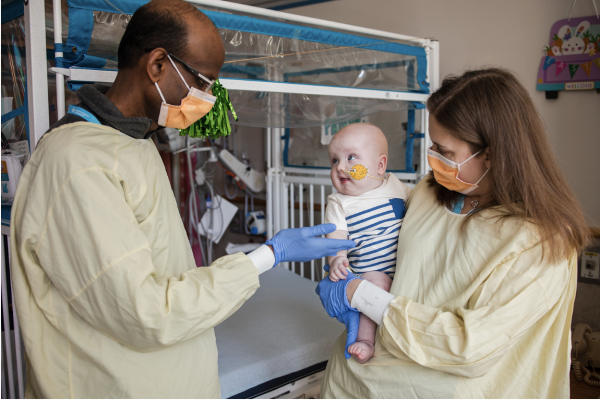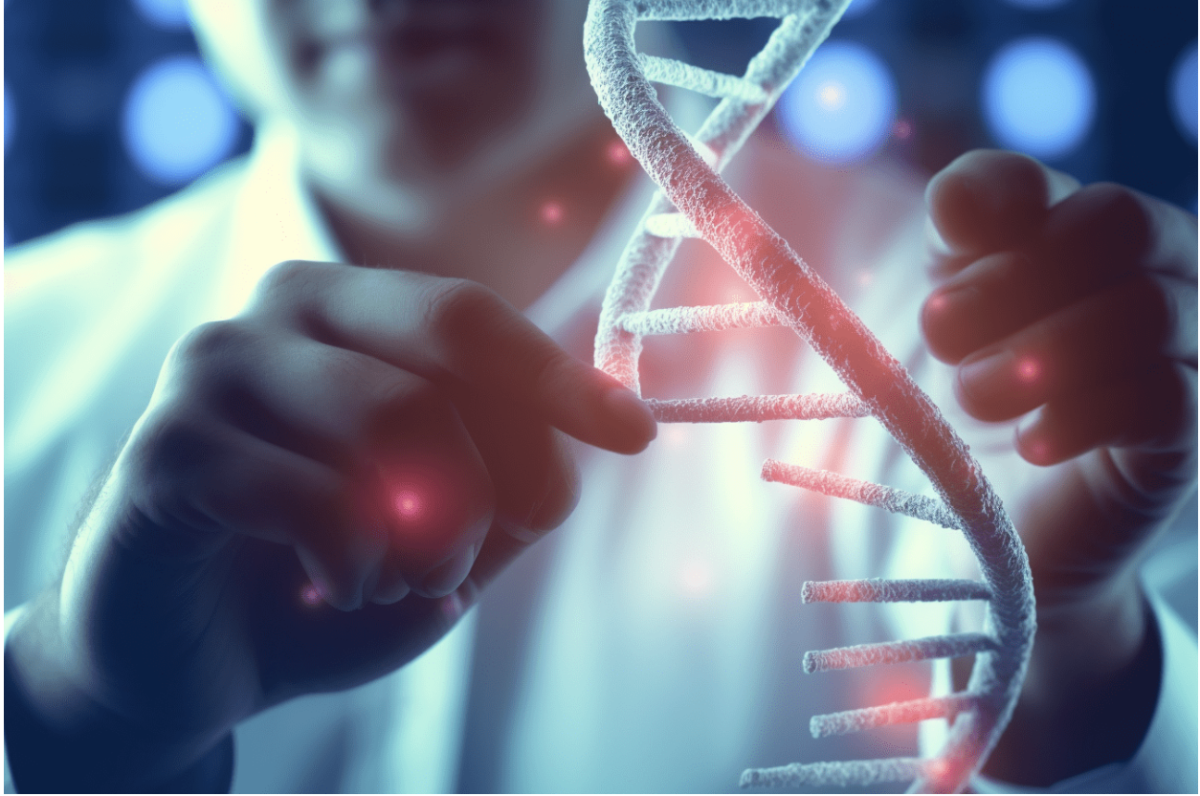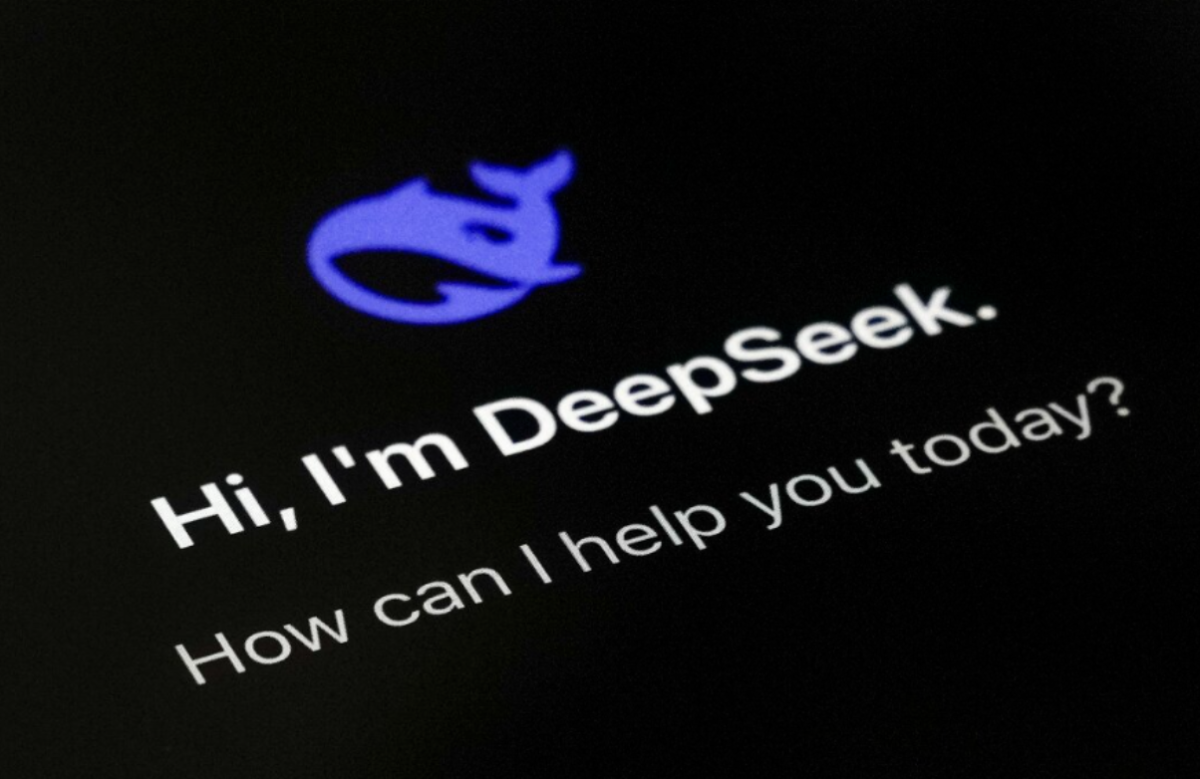On Feb. 25, 2025, CRISPR successfully treated a child with carbamoyl phosphate synthetase 1 deficiency, a rare genetic condition at the Children’s Hospital of Philadelphia. KJ Muldoon became the first patient in the world to undergo personalized gene editing. KJ Muldoon used to survive on strict food regulation and medical supervision. However, after his first dose of CRISPR therapy, KJ recovered entirely, giving him a chance to live a healthy life. Beyond advancing gene-editing research, the treatment highlights CRISPR’s potential to give patients with rare, otherwise untreatable diseases access to therapies designed specifically for them. CRISPR offers the potential for permanent cures—not just temporary relief. However, as with all new medical innovations, the development of CRISPR is associated with a variety of risks concerning more scientists and families than ever before.

CRISPR, short for “clustered regularly interspaced short palindromic repeats,” is a genetic system bacteria use to defend against viruses. When a virus infects a bacterial cell, CRISPR stores a snippet of the viral DNA in its genome as a kind of memory. Using a guide RNA, the system can later recognize and cut matching viral DNA with the help of a Cas9 protein. Once cut, the DNA either repairs itself naturally or can be replaced with a corrected sequence.
“When a virus infects a bacterial cell, CRISPR helps establish a memory — a genetic one,” said Stanford medical professor Qi.
Chronic diseases have long challenged the medical field, driving scientists to seek technologies that can treat patients more effectively and safely. Over the past decade, scientists Emmanuel Charpentier and Jennifer Doudna developed CRISPR, a gene-editing technology which won them the Nobel Prize in Chemistry in 2020 introducing a groundbreaking solution to the issue of chronic diseases albeit with limitations.
Compared to other technologies, CRISPR offers a highly efficient and straightforward method of gene editing. Instead of the arduous processes that required redesigning the peptide sequence of a protein followed by extensive and erratic testing, CRISPR simply modifies an RNA. It’s designed to be cost-effective and precise—valuable assets for biomedical scientists and doctors, especially in a generation where chronic diseases such as diabetes and cancer are on the rise.
“It’s not like other technologies that take multiple years and millions of dollars to set up — CRISPR only takes a couple of weeks and a bit more than a few hundred dollars to set up now,” says Qi.
CRISPR began as a little-understood concept that has transformed into a medical breakthrough—an impressive achievement with even more possibility to grow. However, gene editing carries significant risks. Particularly, if the guide RNA targets the wrong cell, Cas9 may mistakenly edit other genes or trigger immune responses, potentially causing inflammation or even cancer. Additionally, many diseases involve the mutation of multiple genes rather than one, which introduces complications and setbacks in CRISPR therapy.
Nevertheless, many families and individuals feel hopeful and encouraged about CRISPR’s treatments in the future.
“I have a personal investment in CRISPR,” said Eneh Kim, who has a genetic history of cancer. “I would consider getting [the treatment] myself but I wouldn’t trust my life on it right now. There’s a lot of DNA that [scientists] don’t know the function of and I don’t have a lot of faith that CRISPR is going to have that kind of precision… to know the consequences of [switching genes] yet—maybe in ten, twenty years.”
The field of genetic engineering is still young. With the first gapless human genome mapped only four years ago, there is still much for researchers to understand about the consequences of gene editing.
Additionally, some raise ethical concerns and moral challenges toward CRISPR where genetic modification, if abused, could lead to modernized eugenics. Critics warn that CRISPR could enable so-called “designer babies” — embryos whose genes are altered to enhance traits such as intelligence or strength. While many nations ban such practices, the concern underscores fears of a modern form of eugenics.
“A majority of countries with advanced research programs have laws or guidelines in place that either ban or restrict genetic modification of human embryos for reproductive purposes,” said Dr. Lea Witkowsky, policy analyst at the Innovative Genomics Institute. “Not only is the regulatory landscape unfavorable for creating a super baby, the biology makes it difficult. The reality is that most human traits are extremely complex and are not controlled by one or even a few genes.”
The advancement of technology and biological developments signals a possible future in which selective genetic enhancement reigns supreme—drawing parallels to the brutal and discriminatory history of controlled reproduction, perhaps on an even greater scale.
“One of the biggest risks of CRISPR is what’s called genetic drive… humans manipulate the genetic code and those manipulations get passed on generation to generation,” said Dr. Gregori Licholai, a chief medical information officer at PRA Health Sciences. “The fear then is that those changes lead to mutations that go out into the populations that would be very difficult to control… basically creating incurable diseases.”
CRISPR may cure once-untreatable diseases—but if misused, it could unleash genetic risks humanity cannot control.
Edited by Jerry Guo






